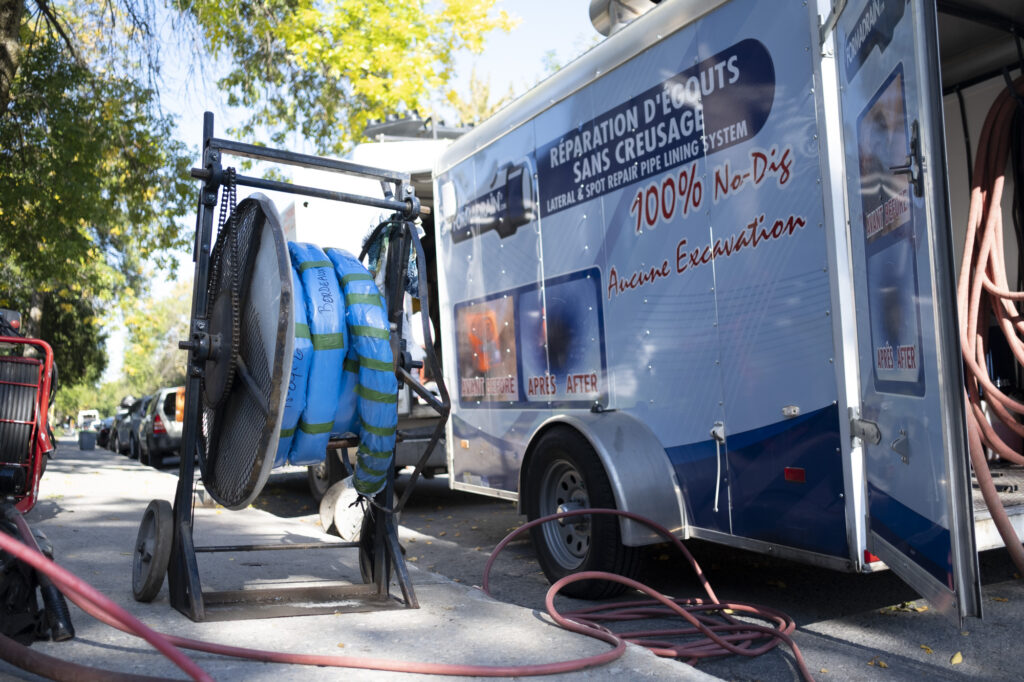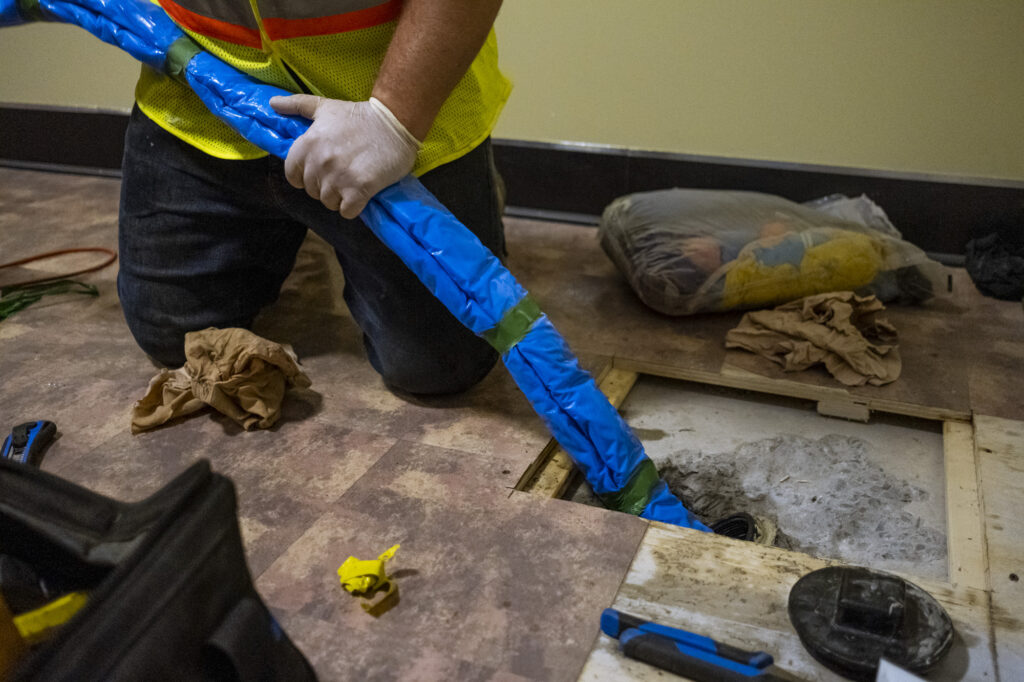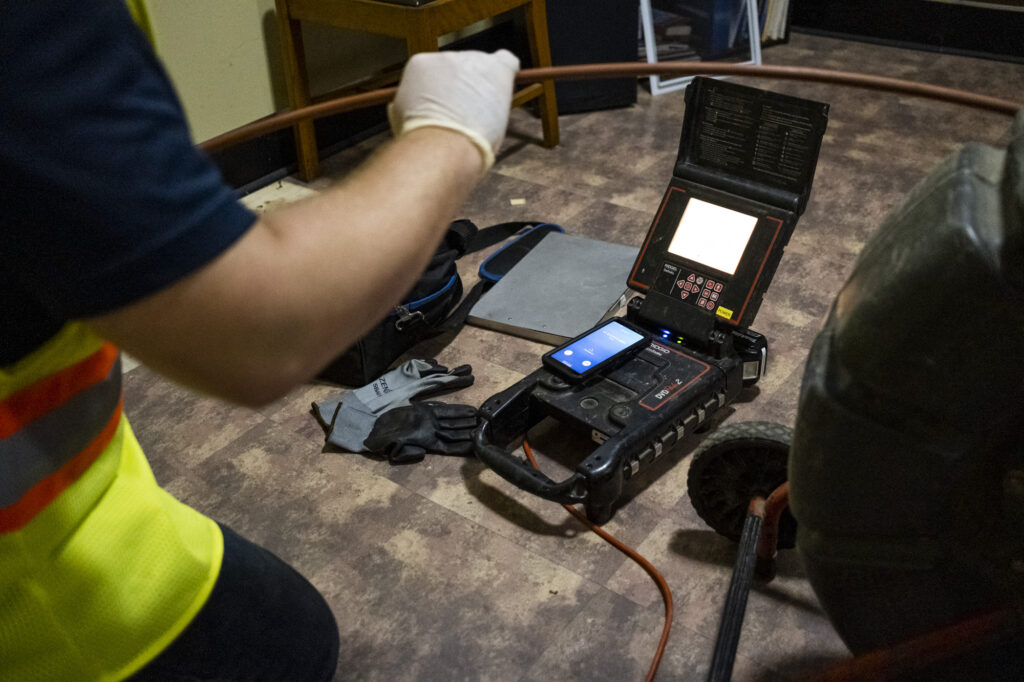Top Reasons to use Pushed-/Pulled-in-Place Liners
There are two lining methods you can use to rehabilitate old and damaged pipes.
The first method involves pushing or pulling the liner into place. You can read about it here. The second method is inversion, which involves placing a resin-impregnated liner inside-out in a pipe. As compressed air is blown into the pipe, the resin attaches to the pipe.

Advantages of pushed-/pulled-in-place liners for pipe rehabilitation
While inversion may seem appealing, there are many advantages to pulling or pushing a pipe liner in place.
FORMADRAIN pushed/pulled liners are pulled into place, which has several advantages over inversion liners. Let’s explore them in more detail.
First, pushed-/pulled-in-place liners are better suited to pipes that have diameter changes, shifted joints, or deformations. This is due to the combination of the mandrel and fiberglass, which only open to the required diameter or shape. The fiberglass that we roll around the mandrel means we can line a pipe that has diameter changes without worrying about the exact location of the change.
Inversion, on the other hand, requires gluing sections of felt together and pinpointing the location of the diameter change. That means it’s much easier to line a pipe with diameter changes using FORMADRAIN technology than inversion technology.
Second, pulling a liner into a pipe also means you have two access points. This is an additional security feature that helps make sure the installation runs smoothly all the way through both ends.

Third, pulled-in-place liners are a much more flexible option. We can easily decide where the lining should start and plan for sections of the pipe that don’t need lining. For example, a FORMADRAIN liner can end near a service entrance or at the exit of a home, near the foot of the column.
This is one of the benefits of having fiberglass rolled on a mandrel: we can place it exactly where we want, which also makes it ideal for spot repairs. For example, a one-metre liner can be installed in a damaged section that’s 50 metres from the manhole.
Fourth, FORMADRAIN can be pushed into place in certain situations, for example when the downstream manhole is far away or the liner is going into a very short section. This considerably cuts down on the duration and complexity of the work. Pushed-/pulled-in-place liners also eliminate the stringing step, which can be time consuming.
Fifth, FORMADRAIN liners can be reformed if the initial cure could not be completed for some reason (like broken equipment or a defective mandrel). A mandrel can simply be pulled back into place to continue curing the fiberglass and resin that were already in the pipe.

Finally, when a tube is inverted, the fabric will have some stretch under pressure. For example, if you have a 50-foot section to line and shoot an inverted liner that stretches lengthwise, it will overshoot in the main. There is no overshooting with pushed-/pulled-in-place liners because our materials aren’t stretched.
Interested in FORMADRAIN’s pushed-/pulled-in-place liners? Talk to our experts today about your next project.
